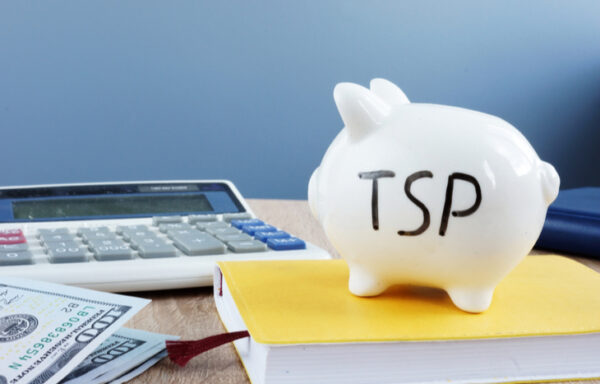Multiply Your Profits With a Little-Known Wall Street Secret
The market can be a humbling force for any investor, financial analyst or writer. It often runs in the opposite direction than we predict, mocking our best judgment in the process.
Even I’m not immune to making losing calls from time to time…
So whether the market rallies sooner than expected or falls harder than expected, it’s important to have flexible strategies in place.
One way to stay profitable or protected whichever way the market goes is to use the old fail-safe investment strategy: Long-Term Equity Anticipation Securities (LEAPS).
Low-Dollar Risk… High-Dollar Return With LEAPS…
Right off the bat, LEAPS options reduce the amount of money that you’d ordinarily have at risk with a straight stock purchase by up to 90%. So we’re risking only 10% of our capital, with the maximum loss being 10% of what we’d pay to own the shares outright.
That’s a far cry from a 25% stop loss… or worse.
Second, there’s a way of using LEAPS options to reduce risk even further – and potentially enhance returns too.
It’s called a “spread play.”
In a spread, your gains are limited to the difference between two price points (i.e., the price of the options). In return for this limited risk, the gains are also limited.
Let me use an example to illustrate…
Let’s say you have a stock at $20 that you think is headed to $30 by the end of the year.
You look at the $20 LEAPS call options, which are trading $4 per contract – 20% of the underlying share price. Stock market volatility has made them more expensive than usual.
So how can you reduce that cost?
The answer is to combine an options purchase and a sale so that you offset the purchase price.
You buy the $20 call for $4 ($400 per contract) and sell the $30 call for $2 ($200 per contract).
Your net cost is now $2 per contract – 10% of the underlying share price. Remember, there are 100 shares in an options contract, so your actual net cost is $200.
The profit potential is $8 – calculated by subtracting the net cost ($2) from the difference between the strike prices ($10). That’s a 4-to-1 return.
On a 10-contract trade (equivalent to controlling 1,000 shares), that’s an $8,000 profit on $2,000 at risk.
Compare that with what the stock trade would cost. You’d pay $20,000 to make $10,000 – just $2,000 more in profit for $18,000 more in risk.
Takeaway: And what do you give up by slashing your risk?
Well, you cap your gain…
If the stock moves higher than $30, you get no more on your options trade since you sold the right to buy the shares at $30 to someone else for that $2 premium you received.
And while the shareholder would have unlimited upside, holding shares in a volatile market can be risky business.
[adzerk-get-ad zone="245143" size="4"]About Karim Rahemtulla
Karim began his trading career early… very early. While attending boarding school in England, he recognized the value of the homemade snacks his mom sent him every semester and sold them for a profit to his fellow classmates, who were trying to avoid the horrendous British food they were served.
He then graduated to stocks and options, becoming one of the youngest chief financial officers of a brokerage and trading firm that cleared through Bear Stearns in the late 1980s. There, he learned trading skills from veterans of the business. They had already made their mistakes, and he recognized the value of the strategies they were using late in their careers.
As co-founder and chief options strategist for the groundbreaking publication Wall Street Daily, Karim turned to long-term equity anticipation securities (LEAPS) and put-selling strategies to help members capture gains. After that, he honed his strategies for readers of Automatic Trading Millionaire, where he didn’t record a single realized loss on 37 recommendations over an 18-month period.
While even he admits that record is not the norm, it showcases the effectiveness of a sound trading strategy.
His focus is on “smart” trading. Using volatility and proprietary probability modeling as his guideposts, he makes investments where risk and reward are defined ahead of time.
Today, Karim is all about lowering risk while enhancing returns using strategies such as LEAPS trading, spread trading, put selling and, of course, small cap investing. His background as the head of The Supper Club gives him unique insight into low-market-cap companies, and he brings that experience into the daily chats of The War Room.
Karim has more than 30 years of experience in options trading and international markets, and he is the author of the bestselling book Where in the World Should I Invest?






